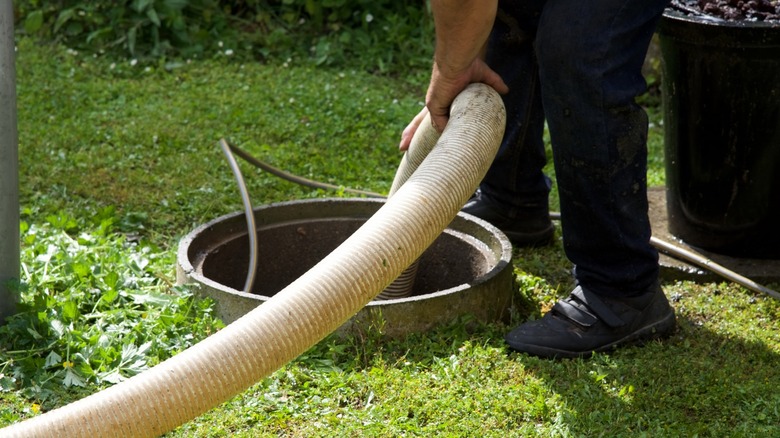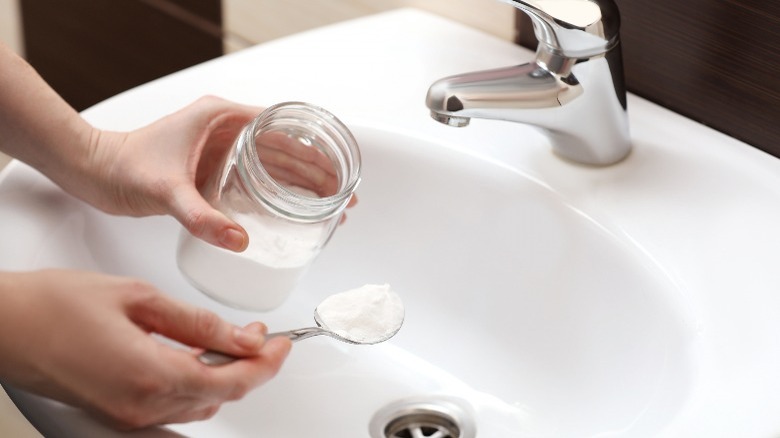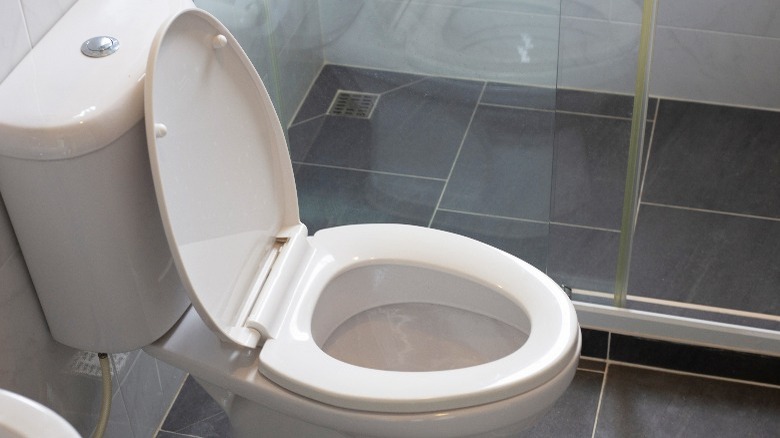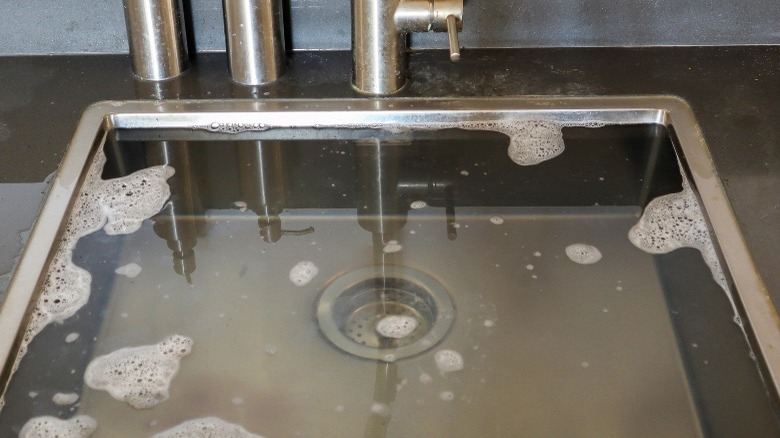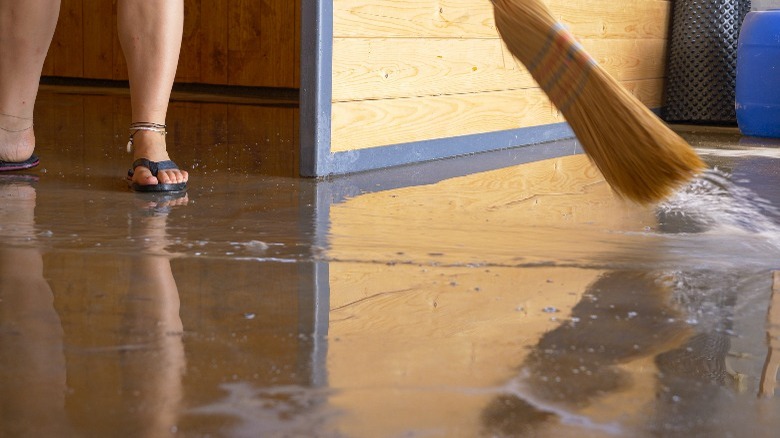Signs You Need Your Septic Tank Pumped
Septic systems treat wastewater and release it into the ground where it safely decomposes, unlike sewer systems that transport the matter to treatment plants. This means that they need to be monitored for signs that the tanks need to be pumped. These symptoms can appear before a regularly scheduled pumping or sooner if there is an issue.
The three main components of a septic tank system are the tank, main drain pipe, and drain field. The pipe is underground, where the wastewater from the drain is routed before heading to the watertight tank. There, the wastewater is collected and organic matter gets separated from floatable matter like grease. The liquid, known as effluent, gets released through more underground pipes and released into the drain field. Many components are involved here, so the possibility of clogs is very real.
Some septic tanks don't need to be pumped more often than once every three years but others can only go a year or so. It all depends on the system's condition and if residents are using the system properly. Keep an eye out for these red flags the tank needs to be flushed, or the water can become contaminated.
Thick green grass and weeds growing in the drainfield
This first sign isn't inside the house — it would be outside, by the drainfield. Most homeowners appreciate a lush, green lawn, but when it's overly bright and spongy, that isn't normal. This odd growth can appear in the drainfield and over the septic tank when it leaks out wastewater.
The grass will usually be confined to these areas, not the rest of the lawn, and can stay that way even when it hasn't rained for ages. It happens because the wastewater acts like fertilizer and it can happen any time of the year. If the root of the problem is not addressed, raw sewage could eventually be on the lawn. That is a serious problem because, at that point, it becomes an environmental hazard. Never touch this kind of grass, and keep your children and pets far away from it. It is possible to rescue drainfields from failure, by drying them out and rehabilitating them. This way, the tank and pipes don't need to be relocated.
Clogged drains and toilets
If the drains and toilets in a home are draining sluggishly or flushing slowly, that could be an indicator that the tank needs pumping. But when just one sink seems clogged, something could be stuck in a pipe. This can sometimes be fixed with a mixture of equal parts white vinegar and baking soda. Combine about ½ cup of each and pour it down the drain. That can be flushed with hot water after a few minutes.
If that homemade fix doesn't work or multiple drains have the same symptoms, do not stick anything down them or wait to see if the problem corrects itself. If there aren't clear sources ofdrain clogs, the tank might be too full to take in more water. Clogged drains and toilets can be inconvenient at best and lead to sanitation issues at worst. So, don't wait long to address this issue and have the tank pumped so your drainage pipes can flow properly.
Strange gurgling noises
Stomachs gurgle when they're hungry, but septic tank systems also make these noticeable complaints when they have gone too long without being pumped. If the system could talk, it would be telling you that it needs some serious attention. This is not the same thing as the knocking or clanging that plumbing pipes can make. Those noises specifically come from overly high water pressure, pressure surges, and pipe expansion. You'll likely hear them more loudly when you flush the toilet or run water.
Septic system gurgling will come from multiple drains and sounds more like a hollow, bubbling noise. It originates in blockages where a home's plumbing pipes connect to the septic pipes. The gurgling could also be coming from blockages at the drainfield or the building's sewer vent. It is a distinctive sound that should be heeded since it could be a red flag for a full tank or more serious issues.
The well fails the water test
Homeowners who get their water from wells and have septic systems don't have monthly water bills from their townships and can enjoy fresher-tasting water, but there can be more complications. For starters, the well needs to be a minimum of 100 feet away from the drainfield. Wells are made with screen filters to keep out particles that can lead to backups and if a well is built the wrong way, that can also cause clogs. People who have wells can check these issues before scheduling a tank pumping.
It's vital to test well water at least once a year since high levels of nitrates in water can be hazardous to your health. Some studies suggest that well water contaminated with it can lead to certain kinds of cancer, thyroid diseases, and birth defects. It's undetectable through color or taste so there are testing kits made for this purpose, and these can be purchased through retailers. But the more reliable method is to contact an accredited laboratory that performs the tests. These labs send out collection containers that get filled up with samples and the results are usually emailed back in a few days. If your well is contaminated, an overflowing septic tank could be to blame. Have it pumped immediately to avoid any further issues with your well water.
The toilets aren't flushing fast enough
Working toilets are supposed to flush easily and when the process is slow-moving or not working at all this needs to be addressed, particularly when more than one in a house is acting up. Non-biodegradable things like paper towels, diapers, and plastic should never be flushed down toilets, but these can cause even more serious problems in septic tanks. It's also not a good idea to pour chemical drain cleaners down toilets because they can damage the pipes.
Minor commode clogs can be cleared with plungers and by pouring down hot (not boiling) water. Other DIY methods for clearing minor toilet clogs include mixing up equal parts of baking soda and vinegar or ¼ cup of gentle dish soap. Both of those will need to sit in the bowl and be followed with hot water and a few flushings. But when a toilet is still clogged after trying DIY, it might be time to get the tank pumped, especially if it's happening in multiple bathrooms. If that was done recently, the slow flushing might be able to be traced to a problem with the drainfield or the pipes.
A noticeably bad smell
While people can live with weird-looking grass, gurgling sounds, and slowly flushing toilets, a bad odor is intolerable. The water that gets routed to the septic tanks comes from the kitchen and bathroom sinks, but also from the toilets. When the wastewater sits too long in the tank, especially when it's full, the higher the chances are for foul odors to start permeating into a home. The smell could also be coming from the drainfield, which can also be noticed outside the house.
This odor has been compared to sewage and rotten eggs and is a symptom of the tank not being able to digest the waste properly. The microorganisms inside are no longer able to work effectively, and the acidic, noxious gas is a telltale sign. Even if the smell is mild it could build up quickly. Placing an activated carbon cover on top of the vent can help but be aware that masking the smell could also mask the problem. Be aware that high concentrations of these gases can be dangerous when inhaled in high concentrations, and excess septic system gas could even lead to an explosion. So, be on the safe side and have your tank checked and pumped if needed.
Sewage water backing up in your home
This is another can't-live-with sign that a septic tank needs to be pumped and as one can imagine, comes with that same unpleasant smell. Since all of the untreated sewage isn't able to get into the place it needs to go the process stalls, but the liquid has to go somewhere. The gray, cloudy liquid can start pooling up in sinks and toilets and generally contains waste.
Rule out clogs first but if several drains and toilets are still backing up, the effluent filter or outlet baffle might be clogged. When that happens it's for another reason — the tank is actually receiving more water than it needs. Not all septic tanks have effluent filters but when they do, these parts should be regularly maintained to prevent clogs. Septic tank service providers usually clean the filter each time a tank is pumped, but some homeowners do it themselves. It might be worthwhile to try it if the tank was recently pumped and water is still backing up into the home. It's not a complicated job, but it's important to wear personal protective equipment like a respirator, boots, and goggles, and to be fully covered in clothing. If cleaning out the filter doesn't clear the drains, the septic tank is overloaded and is begging to be pumped.
The basement floods
Clogged and malfunctioning septic systems can cause wastewater to pool in or flood basements and that can turn into a real cleanup nightmare. After a flood, do not use the water in the building, and most importantly, avoid drinking it. The appropriate cleanup methods depend on what the water contains. Since there could also be chemicals in it, there might be added hazards.
The tank should not be pumped when a basement is still flooded, as that could cause even more damage. Safe protocols require that the system be shut off and the basement drains be plugged up first, followed by a call to the local health department and an analysis by a licensed septic tank inspector. Once the sewage is removed, the entire area must be cleaned and disinfected with diluted bleach. The tank can then be pumped, and the drainfield should also be checked for vegetation growth.
Basement floods can happen when the warning signs of overfull septic tanks and clogged pipes aren't dealt with properly. So, it's important to ask for a septic system inspection when buying a new home. Ensure that an inspector has an additional septic license whenever a system needs to be looked at because otherwise, the homeowner's health and safety could be unnecessarily put at risk.
